- Scientific name: Carex limosa L.
Species of Greatest Conservation Need (MA State Wildlife Action Plan)
Description
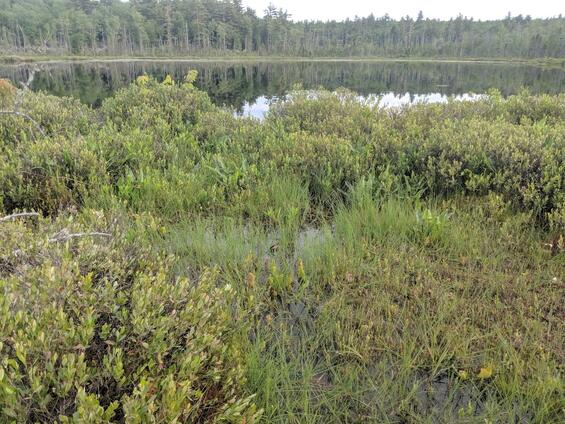
A colony of Mud Sedge (Carex limosa), center bottom image, on a level fen surrounded by leatherleaf (Chamaedaphne calyculata), image by M.P. Charpentier.
Mud sedge (Carex limosa) is a grass-like herbaceous perennial and a member of the sedge family (Cyperaceae). Mud sedge produces rhizomes (rooting underground stems) and forms colonies of genetically identical individuals. Its stems grow to heights of 20-60 cm (7.8-23.6 in) with narrow 1-2.5 mm (0.03-0.10 in) wide leaves which have involute (edges rolled in) margins and are blue-green in color. Each stem produces a flowering culm with a single staminate (pollen-producing) spike at the tip, and 1-3 pistillate (seed-producing) spikes, composed of 8-30 florets, on slender drooping stems from the sides below. The lowest pistillate spike is subtended by a leaflike bract measuring 2-6 cm (0.8-2.4 in) long which is shorter than the height of the inflorescence as measured from the base of this bract to the tip of the staminate spike. The pistillate flowers are each encased in a sac-like leaf scale called a perigynium which are blue-green in color and measure 2.5-4 mm (0.10-0.16 in) long and 1.8-2.6 mm (0.07-0.10 in) wide. Each perigynium is subtended by an oval-shaped scale, measuring 3-4.5 × 1.4-1.6 mm (0.12-0.18 × 0.06 in), with tan to brown edges and a green stripe down the middle. The pistillate flowers each produce a single achene (seed) that is 2-2.3 mm (0.08-0.09 in) long and triangular in cross-section.
Mud sedge is superficially similar to boreal bog sedge (Carex magellanica) with which it may co-occur. Unlike mud sedge, boreal bog sedge is clump-forming, has pistillate scales that are longer than the perigynia they subtend, and the bract at the base of the inflorescence is as tall or taller than the inflorescence, whereas mud sedge spreads by rhizomes, has pistillate scales as tall or shorter than their perigynia, and has a primary bract shorter than the total inflorescence height.
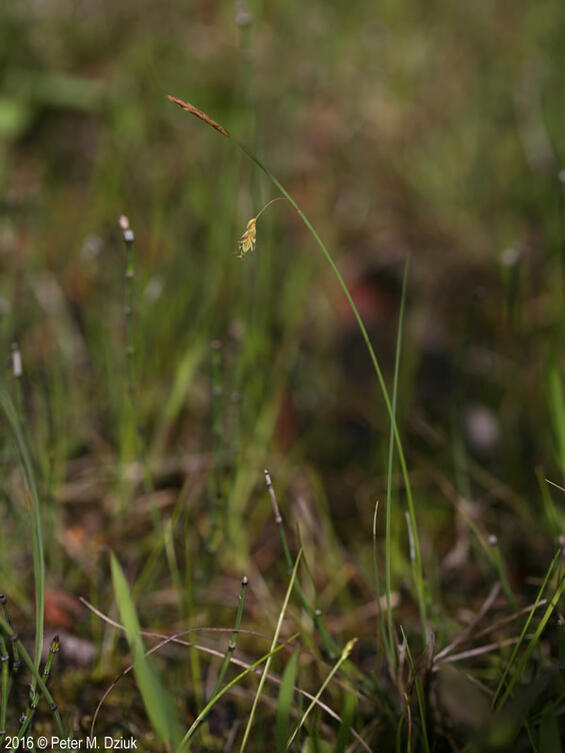
The inflorescence of Mud Sedge (Carex limosa), image by Peter M. Dziuk, MinnesotaWildflowers.info
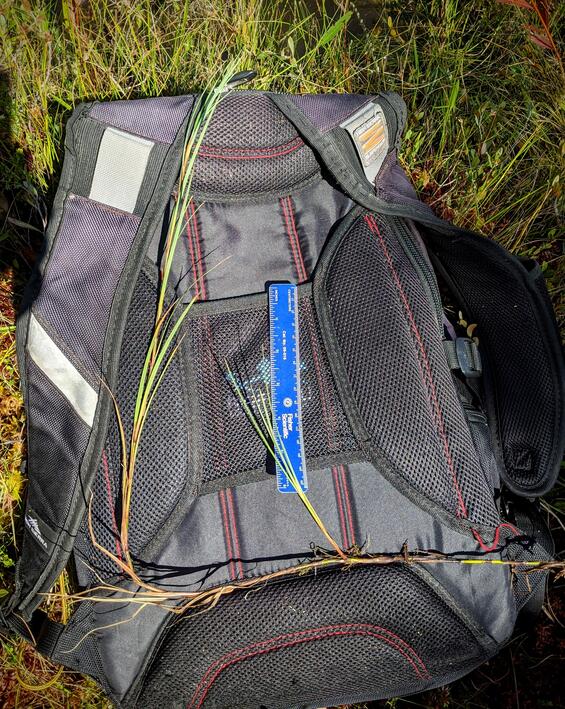
A specimen of Mud Sedge (Carex limosa) depicting the species distinctive rhizomatous growth.Image by Robert Wernerehl.
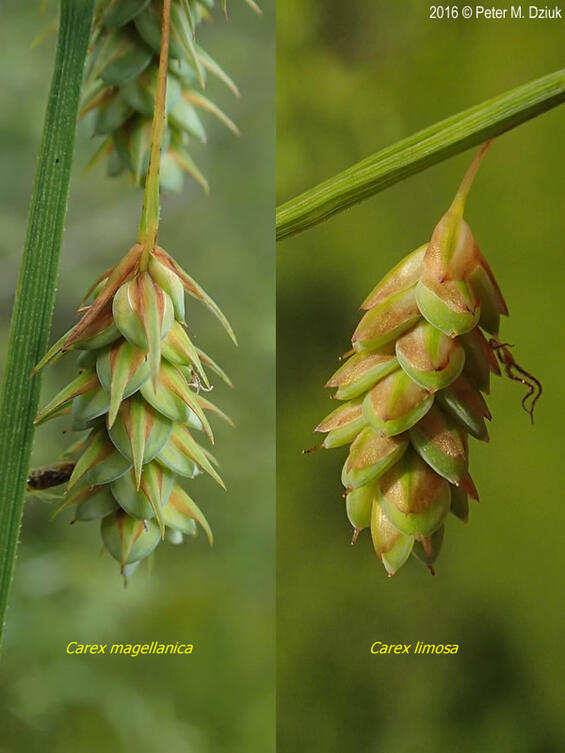
A comparison of Mud Sedge (Carex limosa) and the related boreal bog sedge (Carex magellanica), a look-alike species, with which it co-occurs. Image by Peter M. Dziuk, MinnesotaWildflowers.info
Life cycle and behavior
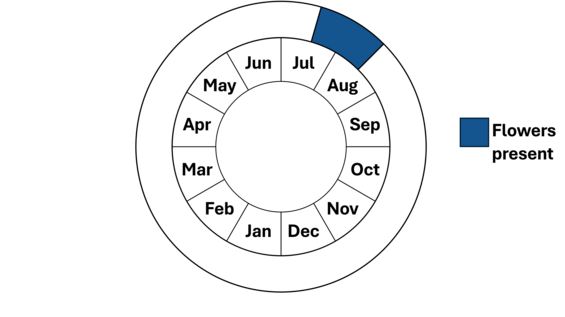
Mud sedge flowers in May and fruits mature by the end of July. Mature perigynia may persist through mid-August. Seed dispersal mechanisms are not fully understood for this species, but their movement may be facilitated by water or animals (Gage and Cooper, 2006). In addition to seeds, this species spreads by rhizomes.
Population status
Mud sedge has recently been elevated to a species of greatest conservation need (SGCN) and is maintained on the plant watch list. These are species that the state botanists are concerned might be decreasing or do not have sufficient information to rank. Mud sedge currently has only three known populations in Berkshire, Norfolk, and Worcester counties that have been verified since 1999. Six additional populations have not been observed recently. It has only recently been included as a species of greatest conservation need. If you see any rare species, please report them through Heritage Hub.
Distribution and abundance
Mud sedge is a circumboreal species, occurring around the globe in northern habitats. In the U.S., it is known from New Jersey to California and north to Canada. It is of conservation concern in several states in the southern part of its range, including imperiled in North Dakota and Pennsylvania; critically imperiled in Connecticut, Ohio, Indiana, Illinois, Nebraska, and Nevada; and possibly extirpated from Iowa and Rhode Island (NatureServe, 2025).
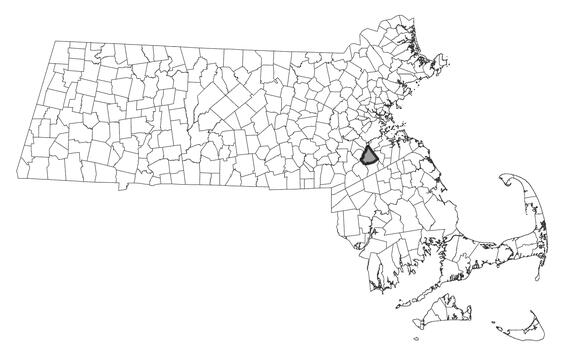
Distribution in Massachusetts
2000-2025
Based on records in the Natural Heritage Database
Habitat
In Massachusetts, mud sedge inhabits peatlands such as level bogs and fens. While mud sedge grows exclusively in open habitats, several known populations occur in openings in forests dominated by black spruce (Picea mariana), tamarack (Larix laricina), or Atlantic white cedar (Chamaecyparis thyoides). Within these systems mud sedge occurs in areas dominated by herbaceous species, oftentimes on unstable peat mats which are inundated with water at some point in the year. Plant species that co-occur with mud sedge include brown-fruited rush (Juncus pelocarpus), bog-bean (Menyanthes trifoliata), horned bladderwort (Utricularia cornuta), pitcher plant (Sarracenia purpurea), large and small cranberry (Vaccinium macrocarpon and V. oxycoccos), and rose pogonia (Pogonia ophioglossoides).
Healthy habitats are vital for supporting native wildlife and plants. Explore habitats and learn about conservation and restoration in Massachusetts.
Threats
Mud sedge is known to inhabit unstable portions of peatlands. The viability of these populations may therefore be threatened by alterations to wetland hydrology and trampling. Changes in the climate may cause such wetland hydrology alterations; they may also be caused by anthropogenic activities.
Conservation
Survey and monitoring
Additional surveys of this species are needed. As a sedge it may be overlooked by people uncomfortable with identifying this group. It is likely that additional populations occur in the state. It is best surveyed mid-July through August when mature perigynia are present. Please report fruiting stems as ramets.
Management
All active management of rare plant populations (including invasive species removal) is subject to review under the Massachusetts Endangered Species Act and should be planned in close consultation with the MassWildlife’s Natural Heritage & Endangered Species Program. The most important management for this species is to maintain the natural hydrology of the wetland systems in which it occurs. Changes in the amount of water and pH of water may negatively impact his species.
Research needs
The exact ecological needs of this species are not known. As this plant is under-surveyed, more standard information is needed such as lists of associated species, comments on habitat quality and threats, and assessments of soil conditions and phenology. Research is needed to determine whether this plant can be grown in a nursery or garden setting for purposes of reintroduction. If habitat degradation accelerates the losses of current populations, this strategy could prove useful to the long-term conservation of this species.
Acknowledgements
MassWildlife acknowledges the expertise of Matt Charpentier, who contributed substantially to the development of this fact sheet.
References
Ball, Peter. “Carex limosa.” Flora of North America North of Mexico [Online]. http://floranorthamerica.org/Carex_limosa
Gage, Edward, and David Cooper. Carex limosa L. (Mud Sedge): a technical conservation assessment. April 14, 2006. Prepared for the USDA Forest Service, Rocky Mountain Region, Species Conservation Project. chrome-extension://efaidnbmnnnibpcajpcglclefindmkaj/https://www.fs.usda.gov/Internet/FSE_DOCUMENTS/stelprdb5206977.pdf (Accessed 2/28/2025)
Minnesota Wildflowers. Carex limosa. https://www.minnesotawildflowers.info/grass-sedge-rush/mud-sedge Accessed 3/14/2025
NatureServe. 2025. NatureServe Network Biodiversity Location Data accessed through NatureServe Explorer [web application]. NatureServe, Arlington, Virginia. Available https://explorer.natureserve.org/. Accessed: 3/14/2025.
Contact
| Date published: | March 26, 2025 |
|---|